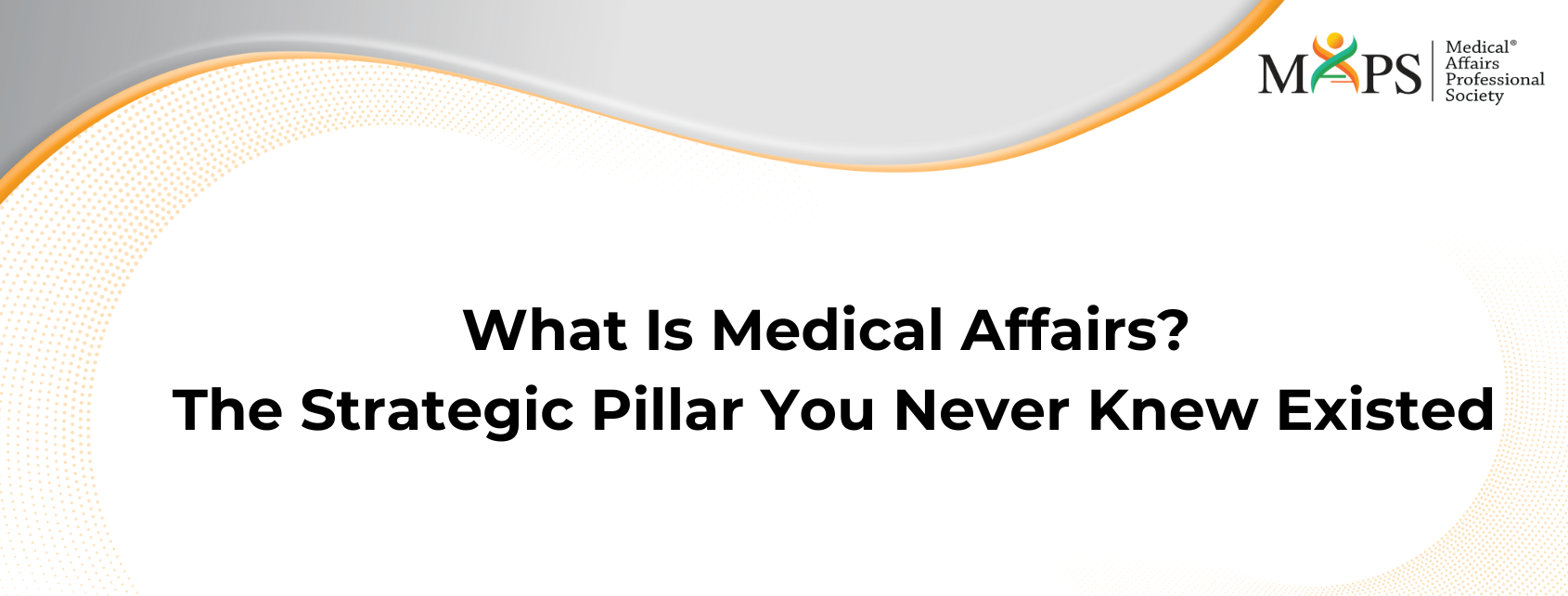What Is Medical Affairs? The Strategic Pillar You Never Knew Existed
When most people think about the pharmaceutical industry, two functions typically come to mind: Research & Development (the scientists in lab coats discovering new treatments) and Commercial (the sales and marketing teams bringing products to market). But there’s a third pillar—one that’s rapidly becoming the most strategic and patient-focused function in the entire healthcare industry.
Welcome to Medical Affairs.
The Bridge Between Science and Real-World Impact
Medical Affairs exists at a fascinating intersection. While R&D develops new drugs, devices, and diagnostics, and Commercial markets and sells these innovations, Medical Affairs does something entirely different: it generates and communicates the scientific evidence that helps healthcare professionals, payers, policymakers, and patients make informed decisions about treatments.
Think of Medical Affairs as the translator of complex science into actionable clinical practice. It’s the function that answers the question: “Now that we have this new treatment, how do we ensure it’s used appropriately to truly benefit patients?”
This isn’t about promotion or sales pitches. Medical Affairs professionals provide unbiased, evidence-based information that changes clinical practice through scientific integrity, not marketing spin.
From Support Function to Strategic Powerhouse
The story of Medical Affairs begins in 1967 at the Upjohn Company, where the first Medical Science Liaison (MSL) role was created. Initially, these were experienced sales representatives who could answer more technical questions about drug usage. As the pharmaceutical industry grew more complex and regulated, something important happened: MSLs moved out of the Commercial function entirely and into a new, independent entity called Medical Affairs.
This wasn’t just an organizational reshuffling—it was a philosophical shift toward separating promotional activities from scientific communication.
Fast forward to today, and Medical Affairs has evolved from a reactive support group into one of the strategic pillars of the biopharmaceutical and MedTech industries. Why the elevation? Because modern healthcare demands it.
Consider the challenges facing today’s healthcare ecosystem:
- Treatments are increasingly targeted to specific patient populations
- Clinical trial data doesn’t always reflect the diverse, real-world patient population
- Multiple stakeholders—patients, providers, payers, policymakers—need different types of information presented through different channels
- The pace of scientific advancement requires near real-time communication
Medical Affairs is uniquely positioned to address all of these challenges. It’s the function that can make sense of treatment complexity, answer questions about real-world safety and effectiveness, and not only disseminate knowledge but truly listen and respond to what external stakeholders need.


